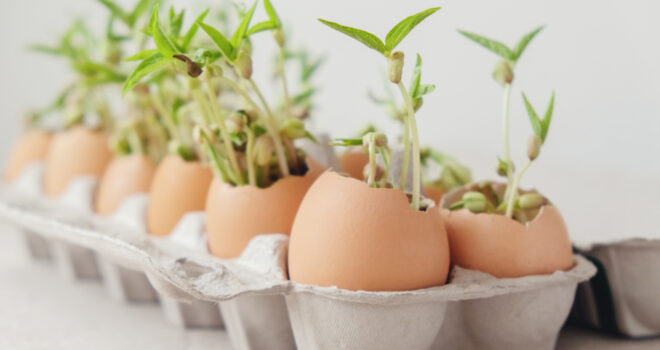The circular economy sees waste as a resource. And this business model is increasingly being adopted by the food industry as it moves towards more sustainable practices.
Since the beginning of the industrial era, food production has operated according to a linear model, based on the “extract-transform-consume-discard” principle. This model is founded on an unlimited access to resources and an endless array of options to get rid of waste. But it is no longer adapted to today’s society, in which we use up the Earth’s natural resources faster than it can regenerate them.
Creating value
There is an urgent need to optimise the use of resources and reduce waste production. In other words, we must discard the linear business model, focussing instead on a circular model. Because the circular economy follows a completely different line of reasoning: “reduce, reuse, recycle”.
It adopts a more systemic approach for this, which takes into account every stage in a product’s lifecycle, and the materials and resources used for this, as well as all the stakeholders that are involved in the process. The by-products or waste from one production process can be used as raw materials for another.
As such, the biological elements (nutrients) in the food chain for example return to the environment, while materials that are not adapted to our biosphere are valorised through reuse, repair and recycling.
How the circular economy benefits our food production
In addition to preserving resources and managing waste, the circular economy allows producers to reduce their expenses and their dependence on raw materials substantially. It also increases their interactions with consumers, who are no longer relegated to a position at the end of the chain, but instead become part of the production process. It also paves the way for innovation and creativity. The circular economy involves:
- The use of by-products and waste
- Nutrient recycling
- Waste reduction
- The adoption of more diverse and effective eating habits
In Belgium, the Le Champignon de Bruxelles cooperative uses dried brewer’s grains, i.e., the brewing residue, to grow shiitake mushrooms. The substrate on which these mushrooms are grown is then used as compost for cultivating barley, which is used to produce beer. Thus, the cycle is complete!



 Carott
Carott  Lentils
Lentils  Vegetable garden: growing soy bean
Vegetable garden: growing soy bean 









